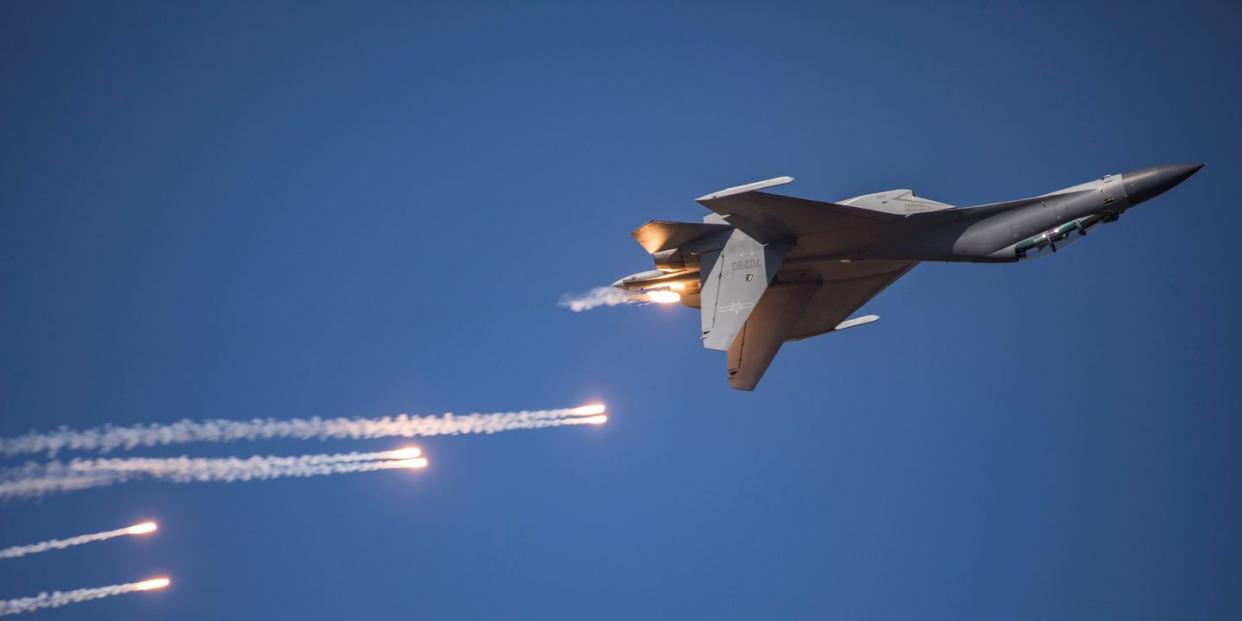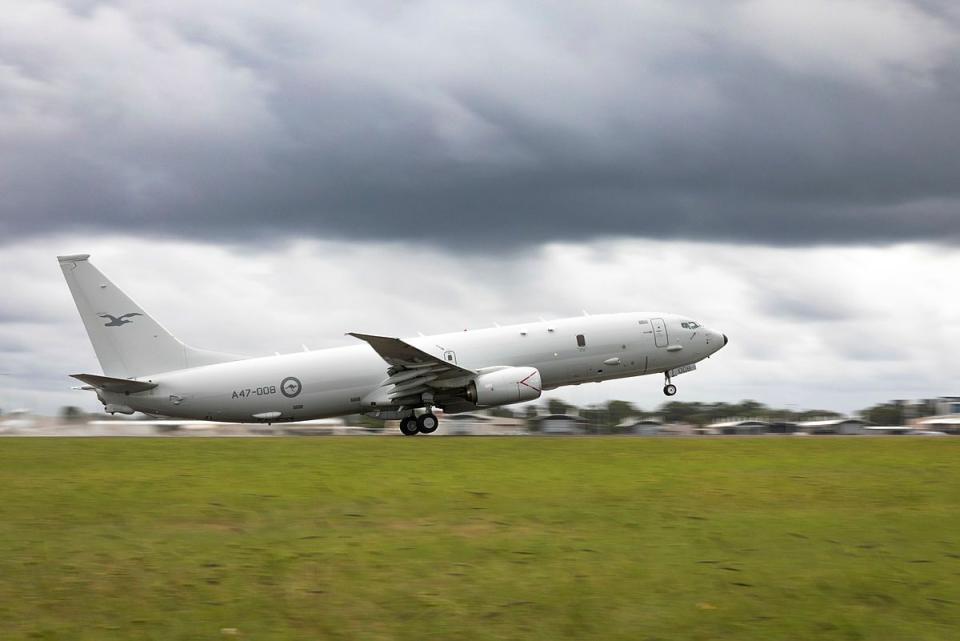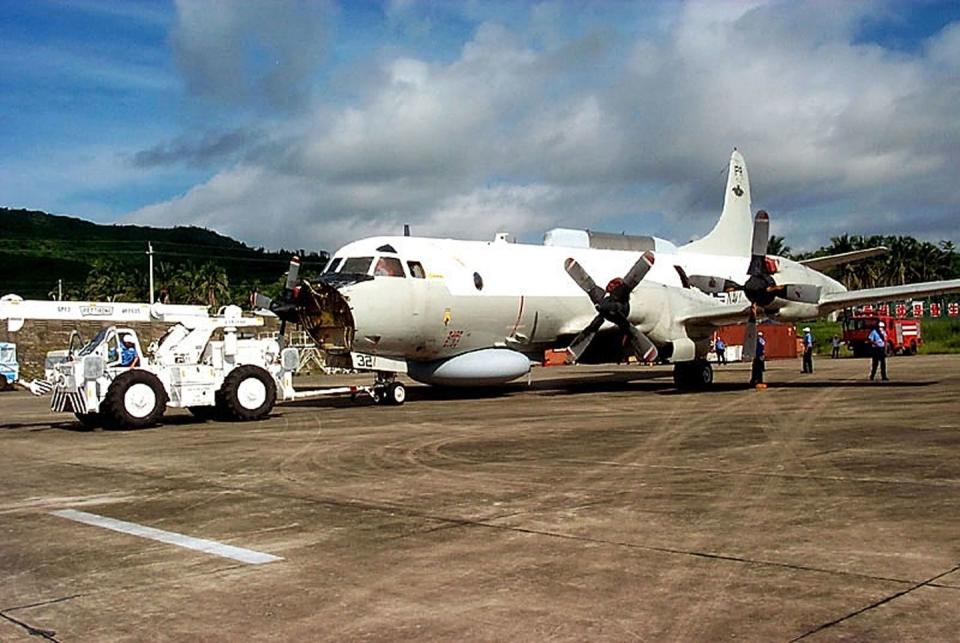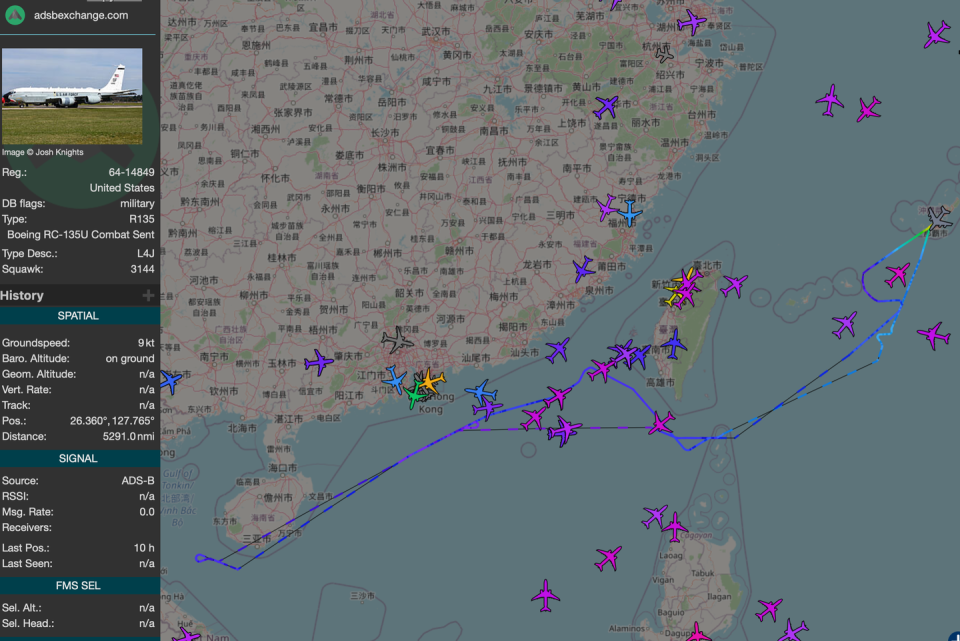China Intercepts Aussie Jet in the ‘Most Dangerous and Aggressive ’ Stunt in Over a Decade

A Chinese fighter jet confronted an Australian patrol plane over the South China Sea late last month, according to Australia’s Defence Minister.
The Chinese plane released aluminum foil strips that the Australian plane’s jet engines ingested.
This incident could have ended with the loss of the Australian plane and its nine-person crew.
A Chinese fighter jet and Australian multi-mission patrol aircraft were involved in a dangerous midair incident over the South China Sea late last month. During the event, a Chinese plane released anti-radar chaff in front of the Australian plane—a potentially disastrous situation that could have resulted in the loss of the aircraft and its nine-person crew. The action is just one of many that the Chinese military has undertaken against foreign aircraft, and marks the most dangerous and aggressive such attack in more than a decade.
🛩 Don’t miss any of our best-in-class military news. Join our squad for full access to Pop Mech Pro.
The incident took place on May 26th, as Australian Defence Magazine first reported. A People’s Liberation Army Navy J-16 fighter jet intercepted a Royal Australian Air Force P-8 Poseidon, flying from Clark Air Base in the Philippines over the South China Sea. Australian Defence Minister Richard Marles later stated on TV that the J-16 flew alongside the P8 and released flares. It then accelerated and cut across the front of the larger, slower-moving, less-maneuverable P-8 and flew in front of it at a “very close distance.” The J-16 then released chaff, “some of which were ingested into the engine of the P-8 aircraft.”
Chaff is a defensive aid for aircraft meant to distract radar-guided missiles. Chaff consists of small square- or rectangular-shaped pieces of aluminum foil, designed to be released in midair. When released, the small pieces appear on nearby radar screens as a larger, solid object. This can cause radar-guided missiles to divert from their target, intercepting the chaff instead.

A P-8 Poseidon is a militarized Boeing 737 passenger aircraft designed to fulfill anti-submarine warfare; anti-surface warfare; and intelligence, surveillance, and reconnaissance missions. The P-8 uses the airframe of the 737-800 and the wings of the 737-900, and is powered by two CFM 56-7B engines. The P-8 typically flies with a crew of nine, including two sets of pilots and five mission specialists.
The Shenyang J-16 (pictured at the top of this story) is a two-seat multirole strike fighter that the Chinese Navy operates. The J-16 is a descendant of the Russian Su-27 Flanker used by both sides in the ongoing Russo-Ukrainian War. It is roughly similar to the F/A-18F, the two-seat version of the Navy’s Super Hornet fighter. The J-16 is equipped with two WS-10A after-burning turbofans, giving it a top speed of 1,522 miles per hour (Mach 1.98). It’s armed with one GSh-30-1 cannon and can carry PL-9 infrared-guided missiles and PL-12 and PL-15 radar-guided missiles.
The reckless use of chaff in the incident placed the P-8 crew in serious danger. Jet engines are designed to suck in air from the front of a plane and then force it out the back to produce thrust. The air is passed through a set of internal fan blades to generate that thrust, as well as electrical power for the aircraft. If the fan blades are struck by a foreign object, they can be damaged, shutting down the engine.
This incident is the most dangerous one involving Chinese military aircraft—and those of foreign militaries—in more than 20 years. Chinese military ships and planes regularly shadow their foreign counterparts as they sail or fly near China, and often become aggressive to a point where their conduct is considered unsafe. The U.S. Navy had 18 “unsafe or unprofessional” encounters with the Chinese military between 2016 and 2018, alone.

But that’s only the recent history of China’s aggressive tactics. In April 2001, a Chinese F-8 fighter collided with a Navy EP-3 Aries II electronic intelligence-gathering aircraft in the South China Sea. The fighter jet and pilot were lost, but the damaged EP-3 managed to land at China’s Hainan island. The aircraft and crew were interned for several weeks before Beijing released them. The incident remains the only “unsafe or unprofessional” encounter that resulted in the loss of personnel, ships, or aircraft.
On June 5, a U.S. Air Force RC-135U Combat intelligence-collection aircraft took off from Kadena Air Base on Okinawa and flew a course over the South China Sea, roughly along China’s southern coastline. The flight took it within less than 100 miles of Chinese territory, including Hong Kong. The Chinese military almost certainly monitored the flight, yet the incident did not elicit the same response as with the Australian aircraft last month.

In recent months, China’s military has grown notably more aggressive against Australia.
Earlier this year, authorities accused Chinese warships operating off the coast of Australia of using military-grade lasers to harass P-8 Poseidon aircrews. It could be that China is pointedly harassing Australian military forces, which operate in peacetime with the same objectives as U.S. forces—protesting China’s absorption of the South China Sea and other aggressive tactics—as Australia is a middle power with less political, economic, and military power than the United States. This reduces the risk of escalation, while still making their point that foreign forces are unwelcome in the South China Sea.
Even still, as the American RC-135U flight demonstrates, such aggressive and unsafe tactics are unlikely to deter the West from continuing to fly missions in the South China Sea.
You Might Also Like
